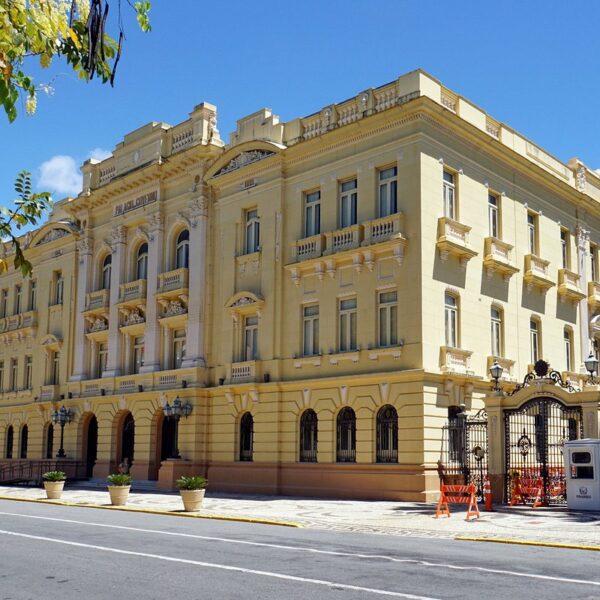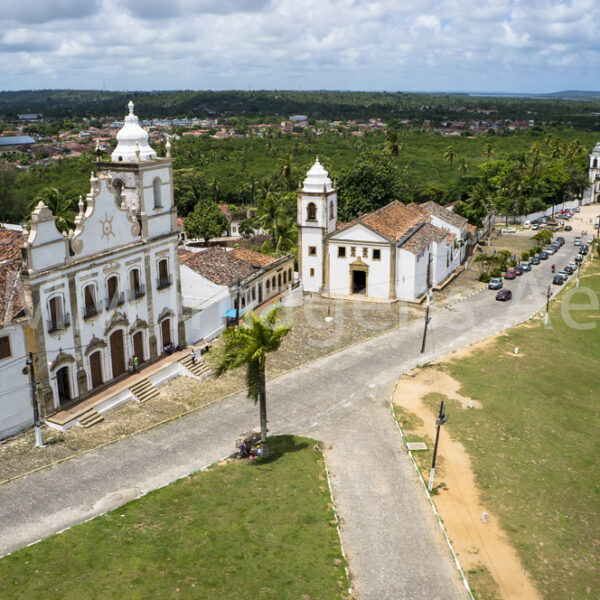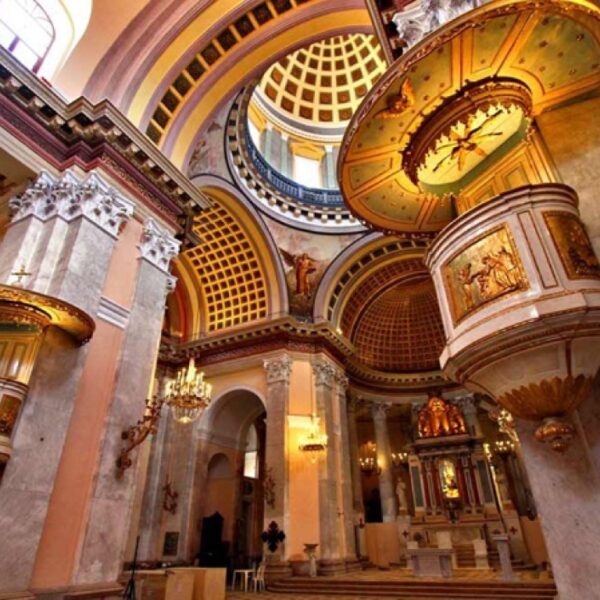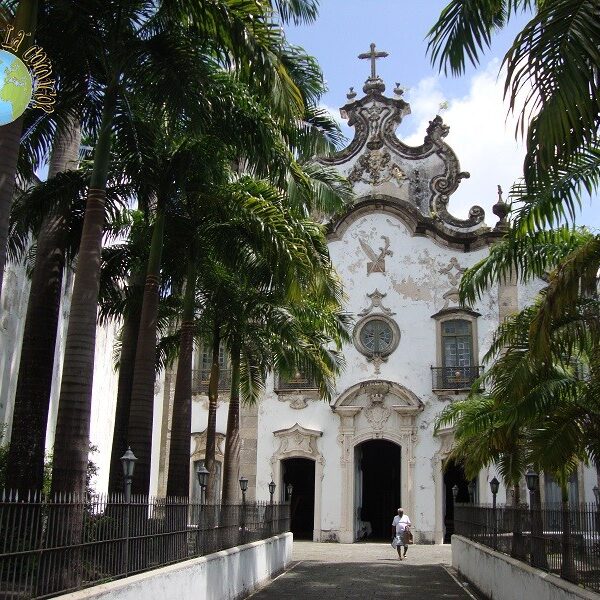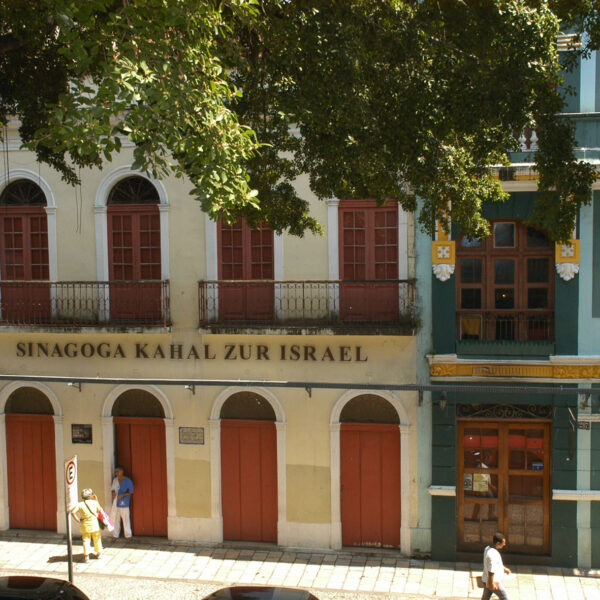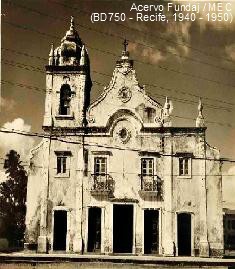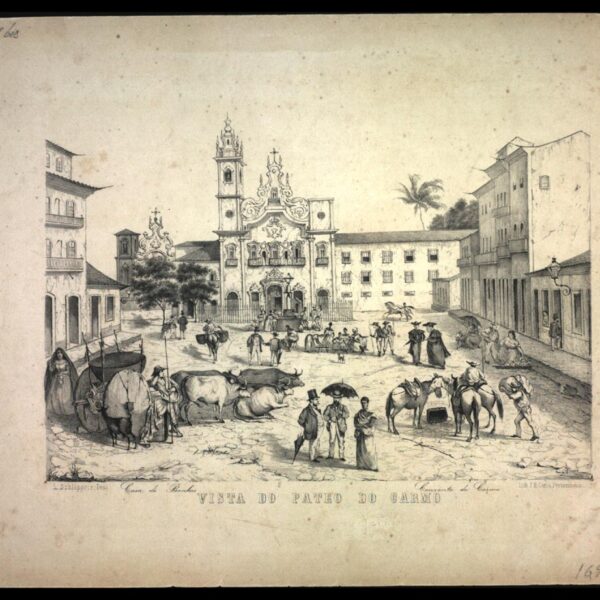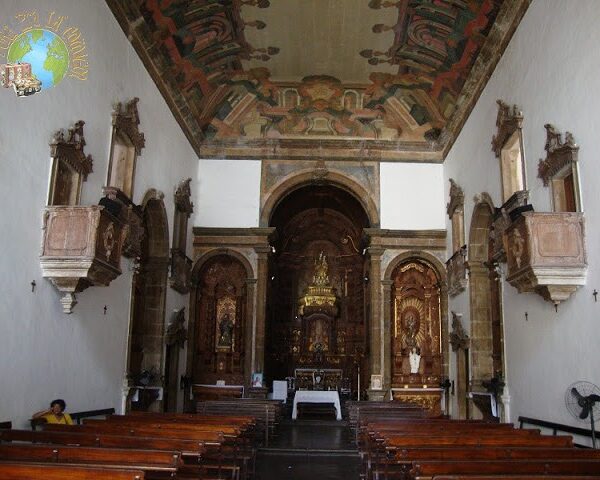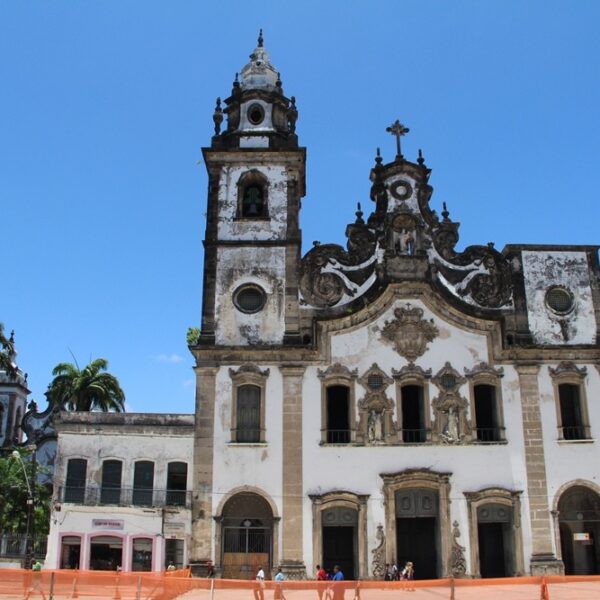The Campo das Princesas Palace, the seat of government of the state of Pernambuco, was built in 1841, originally in the neoclassical style. Over time, however, the building underwent several reconstructions and extensions, incorporating elements characteristic of architectural eclecticism. Neoclassicism was a artistic and literary movement that emerged in the […]
Recife
Recife: Historical, Cultural and Natural Heritage of the Brazilian Northeast
1. Historical and Cultural Heritage
1.1 Old Recife
- Rua do Bom Jesus: One of the oldest streets in the city, with colonial mansions and the Kahal Zur Israel Synagogue, the first in the Americas.
- Marco Zero: The starting point for the geographical measurements of the state, surrounded by cultural centres and a stage for public events.
- Paço do Frevo: Interactive museum about frevo, with exhibitions, workshops and presentations.
- Pernambuco Handicraft Centre: It brings together ceramics, lace, sculptures and typical products of the state.
1.2 Reference museums
- Museum of the State of Pernambuco (MEPE): Collection of religious art, furniture and works by Francisco Brennand and François Post.
- Ricardo Brennand Institute: Museum with a collection of bladed weapons and paintings by Frans Post, in an architecture inspired by medieval castles.
- Cais do Sertão Museum: Interactive space dedicated to the culture of the Sertaneja and the work of Luiz Gonzaga.
2. Natural beauty and leisure
2.1 Boa Viagem Beach
2.2 Green spaces and outdoor art
- Recife Botanical Garden: Preserved Atlantic Forest, with trails and environmental education.
- Francisco Brennand Sculpture Park: 87 outdoor sculptures, including the 32 metre high Crystal Column.
- Oficina Cerâmica Francisco Brennand: Studio, museum and gardens with works by the artist.
3. Festivals and popular culture
3.1 Recife Carnival
3.2 June festivities
4. Gastronomy and the traditional market
4.1 Typical cuisine
4.2 São José Market
5. Useful information for visitors
- Best time to visit: From September to March, when the weather is drier.
- Transport: Public transport, mobility apps and car hire.
Igarassu: Discover the historic city of Pernambuco
Igarassu is a historic city in the state of Pernambuco, Brazil. It is one of the oldest cities in the country, founded in 1535. The city is known for its rich cultural heritage and colonial architecture, especially its historic churches. The city of Igarassu is located in the state of […]
Main historical landmarks of Pernambuco and Recife
Pernambuco and its capital Recife have a rich history, marked by important events that have shaped not only the region, but also Brazil. Pernambuco and its capital, Recife, have a turbulent history. The history of Recife began in 1537: the King of Portugal divided the large colony into strips of […]
Main Tourist Attractions in Recife You Must Visit
Recife, one of Brazil’s oldest cities, was founded by the Portuguese in 1537. With a rich cultural mix resulting from the coexistence of Portuguese, Indians and Africans, the city offers a number of tourist attractions for all tastes. In addition to its beautiful beaches, Recife has a wealth of historical […]
Basilica of Our Lady of Penha: A Historical Overview
History and Architecture of the Basilica of Our Lady of Penha The Basilica of Our Lady of Penha is one of the most important religious temples in Recife, Pernambuco. Located in the São José district, the church is known for its rich history as well as its impressive architecture. Video […]
Church of Santa Teresa D’Ávila da Terceira Ordem do Carmo History
History and Architecture of the Church of Santa Teresa D’Avila da Terceira Ordem do Carmo The Church of Santa Teresa D’Ávila da Terceira Ordem do Carmo is located in the Pátio do Carmo, part of the Holy Recife, next to the famous Basilica of the same name. This sacred space […]
History and Curiosities of the Kahal Zur Israel Synagogue
The Kahal Zur Israel synagogue was founded in the first half of the 17th century. The Israeli community on Rua do Bom Jesus is recognised as the oldest synagogue in the Americas. The remains that prove the existence of this place of worship were found during archaeological excavations between 1999 […]
Church of Nossa Senhora da Boa Viagem History
History of the Church of Nossa Senhora da Boa Viagem in Recife The Church of Our Lady of the Good Voyage, located in Pracinha de Boa Viagem in Recife, was built on the sand of the beach and the first records date back to the 17th century. Video “Church of […]
History of the Basilica of Our Lady of Mount Carmel in Recife
The Basílica de Nossa Senhora do Carmo, located in the centre of Recife, is one of the most important and historic churches in Pernambuco. Its rich history and imposing architecture reflect the deep religious devotion and cultural heritage of the region. History of the Basílica de Nossa Senhora do Carmo […]
History of the Church of Our Lady of the Rosary of the Black Men
The Church of Our Lady of the Rosary of Black Men, located in Recife, Pernambuco, is an important historical and cultural landmark dating back to the Brazilian colonial period. This church is symbolic of its association with the Brotherhood of Our Lady of the Rosary of Black Men, a confraternity […]
Sacred Recife and Religious Tourism in Recife, Pernambuco
Exploring Sacred Recife: A Religious Tourism Route in Pernambuco Sacred Recife is a religious tourism route where visitors can get to know the churches and basilicas, as well as explore the architecture, history, culture and religion. Recife has a sacred art heritage that few cities in Brazil have. History, culture […]
Museu do Homem do Nordeste: A Cultural Journey
The Museu do Homem do Nordeste, located in Recife, Pernambuco, is an important cultural and historical centre that offers a rich insight into the culture, history and society of the Northeast of Brazil. Founded in 1979, the museum is maintained by the Joaquim Nabuco Foundation (Fundaj) and is dedicated to […]
Cais do Sertão Museum: Discover Sertanejo Culture
The Cais do Sertão Museum, located in Recife, is a cultural space dedicated to the appreciation and preservation of Sertanejo culture, especially the life and work of Luiz Gonzaga, the King of Baião. Opened in 2014, the Cais do Sertão Museum is one of the most modern and interactive in […]
Recife of the Dutch and Dutch Invasion in Brazil
Recife dos Holandeses began with the Dutch invasion that was part of the Dutch project to occupy and administer the Brazilian Northeast through the Dutch West India Company. In 1624 the Dutch had already created the West India Company and started plans for the expansion of their overseas domains in […]
Exploring the Charm of Recife: A Historical Journey
Born on the quayside from a natural anchorage, Recife began to expand in 1537 towards the neighbourhoods today called Santo Antonio and São José. The surrounding sugar cane mills gave rise to neighbourhoods such as Graҫas, Madalena and Casa Forte, always on the banks of the Capibaribe River, which cuts […]
